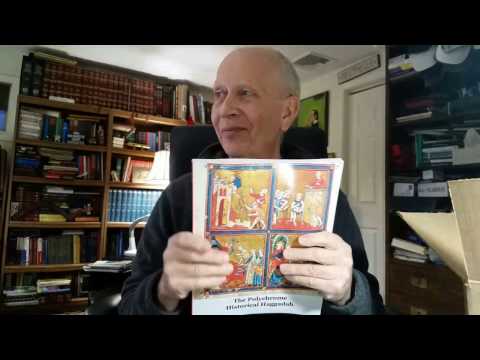
It's now 25 years since my renowned teacher, Rav Soloveitchik, passed away.
When I published this short essay in 2005 in the Commentator, the YU undergraduate newspaper, I was proud to extol my rebbe in the most glowing terms I could imagine. After further review, as they say in the NFL, I still feel that way. I republished this in honor of the Yeshiva University Chag HaSemikhah Convocation that took place on Sunday, March 19, 2017. I received my rabbinic ordination from Yeshiva in 1973. My father received his rabbinic ordination from Yeshiva March 19, 1942.
Here again is my meager and utterly inadequate tribute to a truly great man.
R. Joseph B. Soloveitchik: Indelible Beginner
In the fall of 1969, as a college senior, I started four years of learning in Rabbi J. B. Soloveitchik's Talmud shiur. In my family we venerated the Rav above all other rabbis. We spoke of him with the utmost reverence that one would bestow only upon a truly saintly man.
I received in those four years so much from the Rav: a methodology of learning, a theology of Judaism and, above all, a secret of pedagogy.
Let me explain briefly this last point. The Rav would sometimes in an occasional moment of surprising self-reflection refer to himself as a "poshutte melamed," just a teacher of beginners. That statement puzzled me. Surely the Rav was the greatest sage of our generation. How could he represent himself in this ordinary way?
One day I accidentally discovered what he meant. We convened on the fourth floor classroom for our shiur - about to begin studying a famous sugya in Massechet Shabbat. That day I was using a Talmud volume from a small shas that my uncle had used when he studied in the Rav's shiur many years earlier, in the fifties. I found interleaved in this book a page of my uncle's notes (i.e., Rabbi Noah Goldstein, my dad's brother) from the Rav's discourse on this sugya fifteen or twenty years earlier.
As we started reading the text, the Rav began to perform the magic that he was so good at. He made it seem to us all as if he was looking at the text for the very first time. He made every question he raised appear as if he was discovering a problem afresh. He made every answer and explanation that he examined in Rashi or the Tosafot appear to us as if it was new to him - a complete surprise.
The Rav dramatically unfolded a complex and intricate exposition of the sugya - and each stage of the discourse seemed so new and alive. Yet as I followed along and I read in my uncle's notes, I saw that the Rav was repeating each and every element of the shiur exactly as he had given it years before, insight by insight, question by question and answer by answer. He had me convinced that he had just discovered every element of his learning. Yet I had proof in front of me to the contrary.
I saw that day how the Rav had the ability to make every act of learning a new, exciting and living revelation. I have striven to emulate him ever since to replicate this ability and to achieve as a learner and as a teacher some small element of this revelation.
Hanging over my desk as I write this I have a quotation from the great German Poet Rainer Maria Rilke, "If the angel deigns to come it will be because you have convinced her not by tears but by your humble resolve to be always beginning: to be a beginner."
I believe the Rav would agree.
//repost from 8/2009//
 What is the most expensive Haggadah in the world?
What is the most expensive Haggadah in the world?




